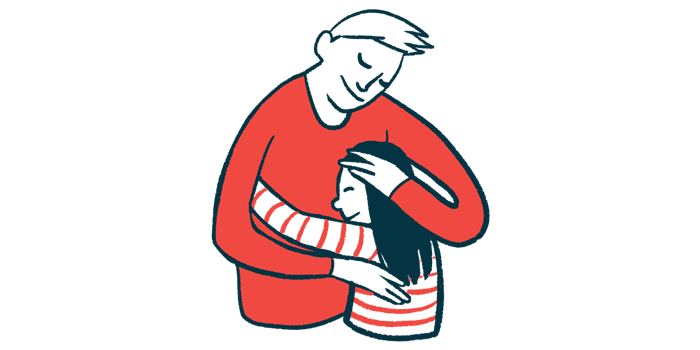Parents of SMA Children Put Health as Top Priority at COVID-19’s Onset

For parents, protecting the health and well-being of a child with spinal muscular atrophy (SMA) was a top priority when the COVID-19 pandemic first hit the Netherlands in early 2020, despite the difficulties isolation can bring, an interview study reports.
The study, “‘This battle, between your gut feeling and your mind. Try to find the right balance’: Parental experiences of children with spinal muscular atrophy during COVID-19 pandemic,” was published in Child: Care, Health and Development.
A first case of COVID-19 in the Netherlands was diagnosed on Feb. 27, 2020, and the country quickly instigated a “lockdown.” At the time, COVID-19 had only been described a few months before, and much about the virus was unknown.
The pandemic has had an incalculable effect on the world, and families with chronic health conditions have been particularly hard-hit. In this study, scientists in the Netherlands reported findings from interviews conducted in June and July 2020 with parents, mostly mothers, of 19 families with 21 children with SMA.
“The aim of this study was to explore experiences, challenges and needs of parents of a child with SMA in a COVID-19 pandemic situation,” the researchers wrote.
A primary theme that emerged from these interviews, they said, was that the parents’ top priority was their children’s health and happiness.
“The priority of all participating parents was to protect the health and well-being of their child,” the researchers wrote.
In the pandemic’s early stages, amid uncertainty about how much of a threat the virus might pose to children with SMA, this often meant that parents went to extreme lengths to minimize any risk of exposure.
“We completely isolated ourselves, at least the first eight weeks … we didn’t do anything, no therapy, no caregivers at our place, nothing: just the five of us,” one parent said.
“I was so worried, that I decided that nobody could enter or leave the house, no caregivers. Our bubble reduces my worries,” said another.
Isolation, however, comes with its own set of risks, especially for children with SMA who require regular medical care. Parents described having to weigh the risk of exposure against the need for healthcare, and their children’s desire to socialize.
“I felt like having two choices. I could anxiously keep my child home, to protect her from the risk of getting infected … thereby creating a child that is sad, miserable and grumpy. Or I could choose to increase the risk of getting infected, but I see my child being happy, participating in society and enjoying her life,” said one parent.
Many parents ended up taking on additional responsibilities to make sure that their child received needed care, even if it wasn’t safe to leave the house — for example, administering supportive therapy themselves, sometimes with a therapist’s help on a video call. This was often seen as overwhelming and taxing, but ultimately as the best available choice.
“Because next to taking over the therapy, I also had to home school my child and taking over all the caring. My day literally only consisted of three things: taking care, home-schooling and taking over therapy,” said a parent.
Broadly, many of the parents reported feeling uncertain and overwhelmed in the pandemic’s early months. The researchers highlighted that many parents expressed that having more information helped them feel more in control, suggesting that good communication between clinicians and families may help make such extremely stressful events a bit more bearable.
The post Parents of SMA Children Put Health as Top Priority at COVID-19’s Onset appeared first on SMA News Today.




